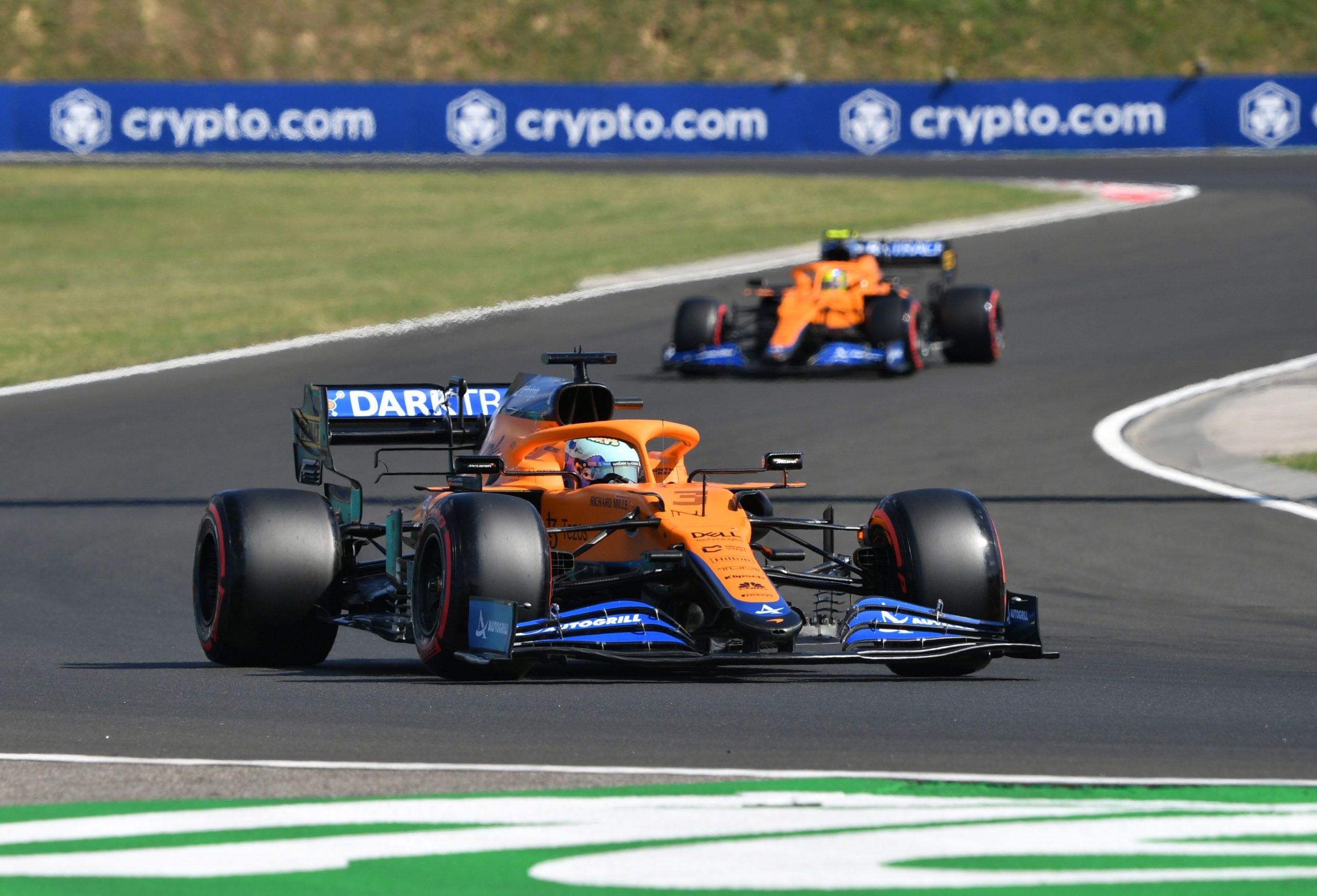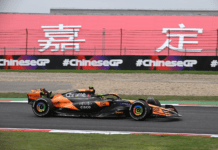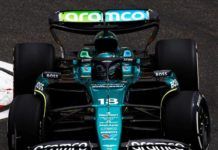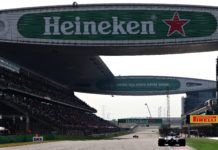Andrea Stella expands on the strength and weaknesses of the 2021 McLaren F1 car from 2020 as it adds on aerodynamics effect and more.
The MCL35M F1 car saw the McLaren team focus on aerodynamic efficiency and improvement on loss of downforce due to technical regulation changes by the FIA entering the 2021 season. The essence of any fast car is good aerodynamics.
Though quite obvious that all F1 teams work to enhance their aerodynamics, Stella, Racing Director, explains just how determined McLaren is to improve its aerodynamic efficiency. “Obviously, cars have been adapted compared to last year because of some technical regulation changes which even if geometrically don’t look dramatic actually the impact in terms of overall downforce loss was quite significant,” said Stella to media including FormulaRapida.net.
“So there’s been a lot of work last year to recover the loss of downforce and we are relatively happy with what we have been able to achieve in this respect.” The focus shift on aerodynamics this season is important considering the regulations placed by the FIA. With McLaren battling Ferrari for P3 in the Constructors championship, any improvement to the aero is crucial.
However, with all the focus on aerodynamic efficiency, certain quirks and characteristics of the MCL35M still remain. “The first step was recovering as much as possible from the loss caused by the change of technical regulations for 2021 cars,” said Stella. “Then what we realised pretty soon is that in doing so even if we achieve the decent level of efficiency, aerodynamic efficiency of the car, what we kept is some characteristics of our car which makes it relatively special to drive I have to say.
“So while we are trying to adjust some of the characteristics to make it a little bit more natural to drive, at the same time the most important thing is to deliver aerodynamic efficiency so the focus has always been on improving aerodynamic efficiency, even if we couldn’t necessarily improve this aspects in terms of balance and in terms of exploitation of the car. Again we are relatively happy with the improvement of aerodynamic efficiency that we’ve been able to achieve in the early races and yeah hopefully a little bit more will be coming in the next races,” summed up Stella, while talking about the strength and weaknesses of the car.
Taking the challenges faced and elaborating more on the weaknesses of the car, Stella explained the difficulty in having the right blend and balance for the car in the straights as well as the corners. His time in Ferrari, he explained, saw him experience characteristics similar to what is being experienced by the MCL35M currently.
“Going back to my days in Ferrari, I think there were phases, seasons in which the car were pretty much experiencing similar characteristics,” said Stella. “So it’s like I said before, it’s always a bit difficult to find the right blending between having a car that is strong, corner and maintaining characteristics in straight line and high speed conversely if you focus your car on the straight line in high speed then it becomes a bit difficult to maintain the good aerodynamics in the middle of a corner.
“I think this is very typical, it’s not a Mclaren specific. What is Mclaren specific, is that our car clearly is on one side of this typical split of characteristics that you can achieve,” explained Stella. Continuing conversation on the car characteristics, and specifically the car in tighter corners in terms of aggressive braking, he reaffirms the importance of aerodynamic delivery for McLaren.
“The thing here is that a F1 car are in a way objects that are relatively far from normal car because their performance is entirely dominated by the aerodynamic delivery then you work with suspensions you work with other mechanical aspects but those aspects are very often compensation integration of what is the dealing parameter which is the aerodynamic delivery of the car at the various aptitudes, the aptitudes being the front radial the rear radial the yaw angle, the roll angle this is what causes the car to be strong in straight line and to be less strong as soon as you generate some yaw angle or rotation of the car,” started Stella.
“At the same time when I talk about aerodynamics this is definitely what leads to these characteristics but is also quite difficult to find because to generate the aerodynamic forces you need very established floor structure and it takes months and months or years and years of development to consolidate this pro-structure such that you can achieve aerodynamic efficiency of the car and the front car which is absolutely astonishing and never met in the past by any Formula 1 car.
“So when these characteristics is embedded so deeply, it is difficult to change that, if you see, what I mean, so then it’s easier to work with mechanical aspects but even those aspects are relatively limited because of homologation in 2021. So you find yourself relatively stuck, I would say and that’s why a lot of the requirement and demand shifts on the drivers side like this is the tool its quick but it needs to be driven in a certain way there’s not much we can do at the moment. So why we can improve the aerodynamic efficiency? It is a lot more difficult to improve some of the characteristics with required the driving style if what I said makes sense,” summed up Stella.
The article was written by Selena Aburas
Here’s Lando Norris on having the best run of his career
Here’s McLaren detailing on Daniel Ricciardo’s troubles
Here’s news on McLaren in IndyCar
Here’s Andreas Seidl on F1 Cost Cap



















